How to Create the Perfect Art Studio > In this new series, we’re taking you on a private tour of the inspiring art studios of today’s great painters, who welcome us into their special place where the magic happens.
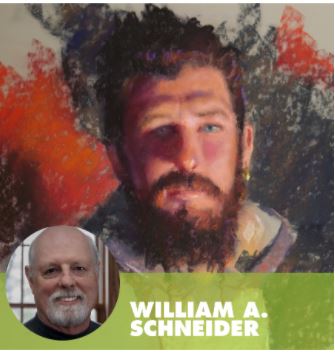
Today’s art studio tour is with William A. Schneider, who is known for his romantic portrait paintings of classical women. With guidance from his good friend Dan Gerhartz, Schneider custom-built his space around 2009 to create the perfect art studio, which is part of his and his wife’s home in Crystal Lake, Illinois.
Now that he has had plenty of time to settle in, he shares his reflections on the space so you can learn from his experiences.
What You Need To Create the Perfect Art Studio
It may seem obvious, but it’s worth pointing out that the first thing you need is space. “You can only work in the corner of a bedroom for so long,” Schneider said. He pointed out that any artist who considers themselves a professional will have an art studio, but sometimes it takes establishing a place for their art (even renting a small space, if not building from scratch) to become professional.
For those new to obtaining a studio space, he adds that, “However much space you think you need, you probably need more.” Schneider says he let their contractor talk him out of some square footage for the studio because it would make the house too big. It’s something he now wishes he could go back and do over. “I wanted a 30 x 30-foot space, but compromised and went with a 30 x 26-foot painting area. I wish now that I had stood my ground.” He pointed out that once the studio is built, it’s much more difficult to make it bigger, and what seemed like a small amount of square footage to lose could make a big difference when it comes to his workshops in the space.
Lighting is one of the next most important pieces. Schneider’s studio faces the north and has four 5′ x 7′ windows that start 12 feet from the ground (the ceiling is 22 feet high) so that the incoming light is descending. “The wall with the windows is set in 8 feet from the outside wall,” he explains, “creating an overhang that is shielded from the north light and the flourescents so I can create a dark area. I’ve painted models in that recessed space lit only by a single candle while I stood in the main part of the studio with north light on my easel.”
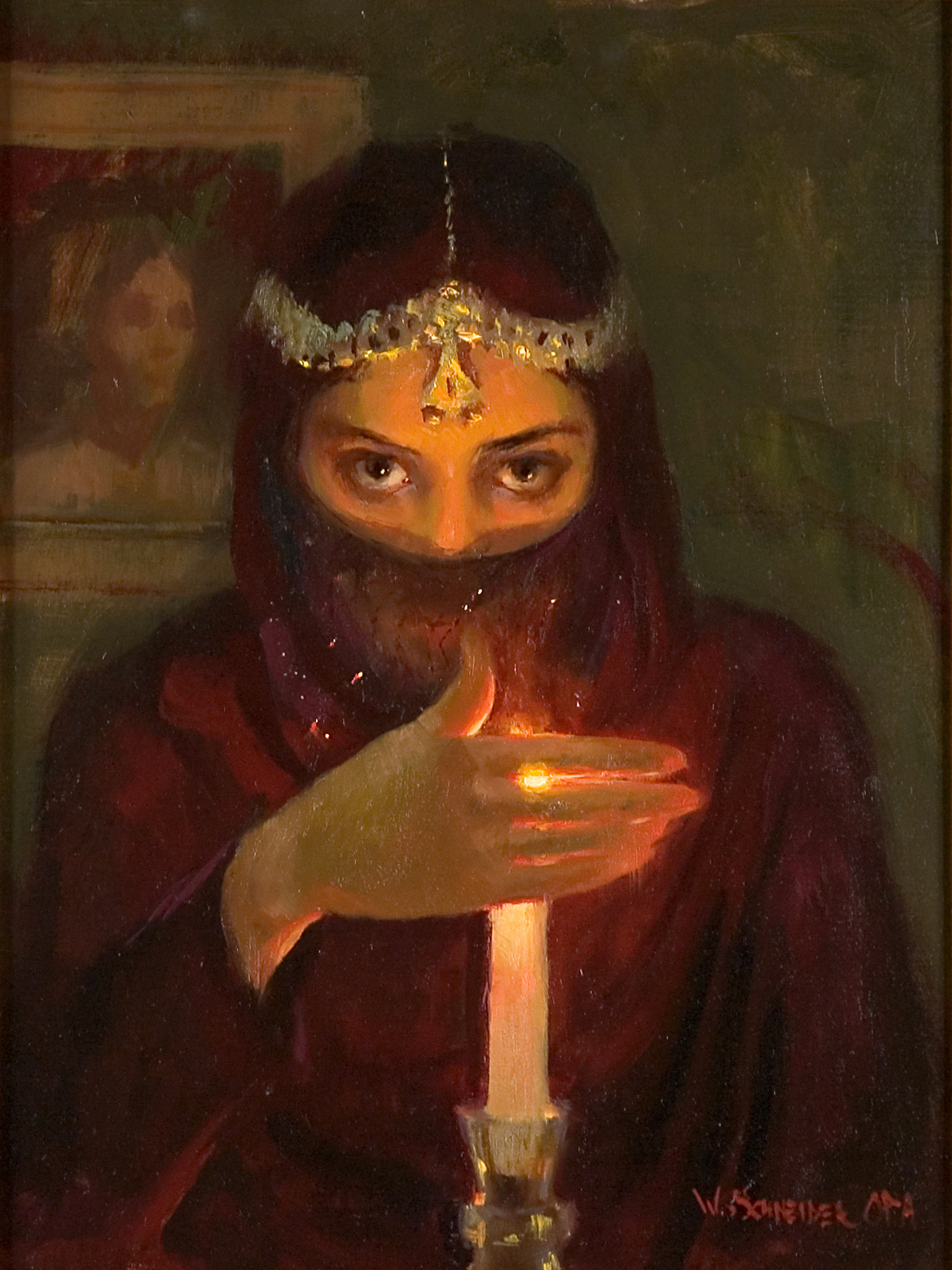
The roof also hangs over the windows by about 8 feet, so the light isn’t harsh. He included a skylight in the studio, but admits that it doesn’t help as much as he anticipated.
Even if you’re unable to have such a generous space with high ceilings and large windows, you can still consider using fluorescent lights; Schneider uses a bank of 48-inch fluorescent bulbs that are filled with a color that’s the same temperature as north daylight.
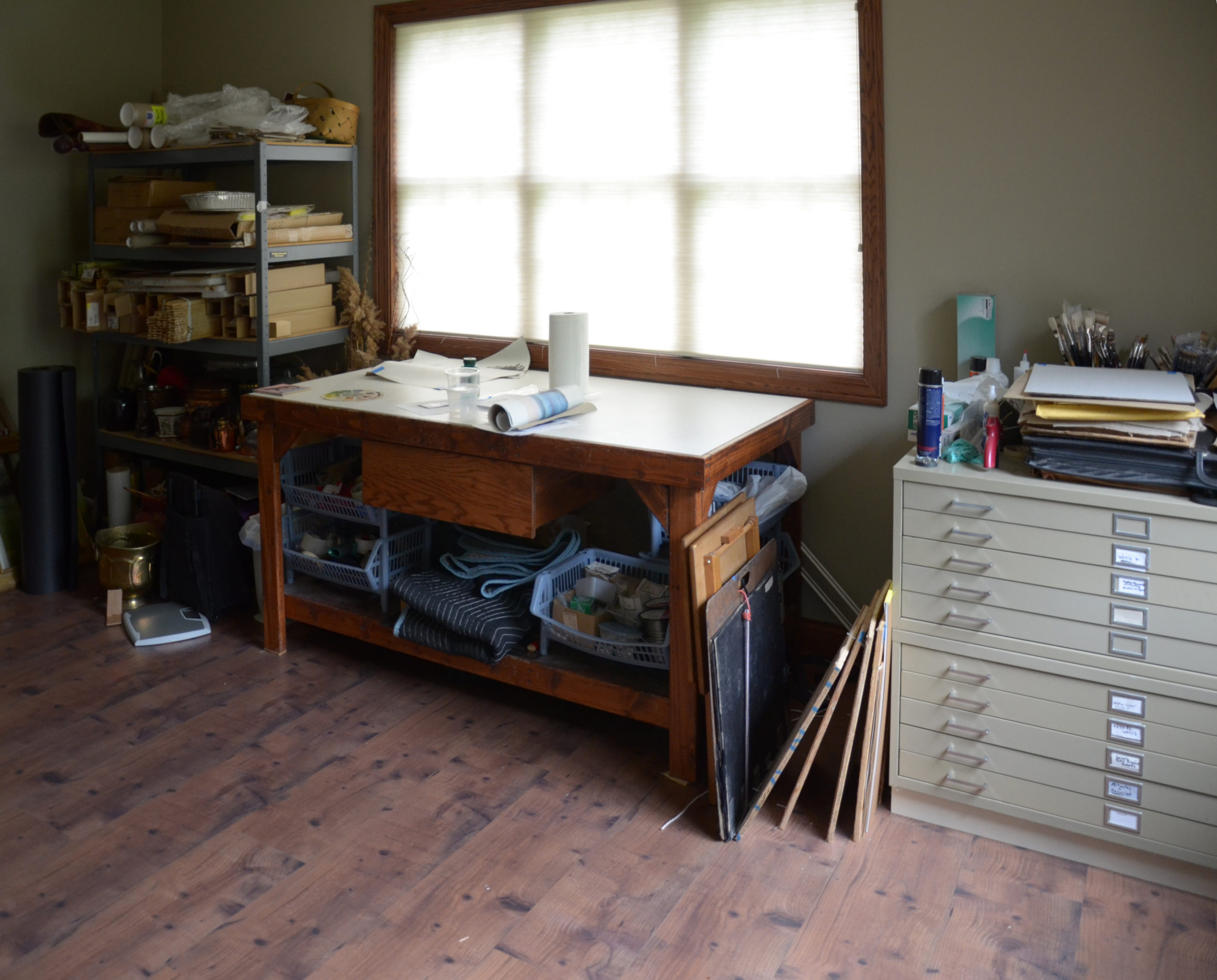
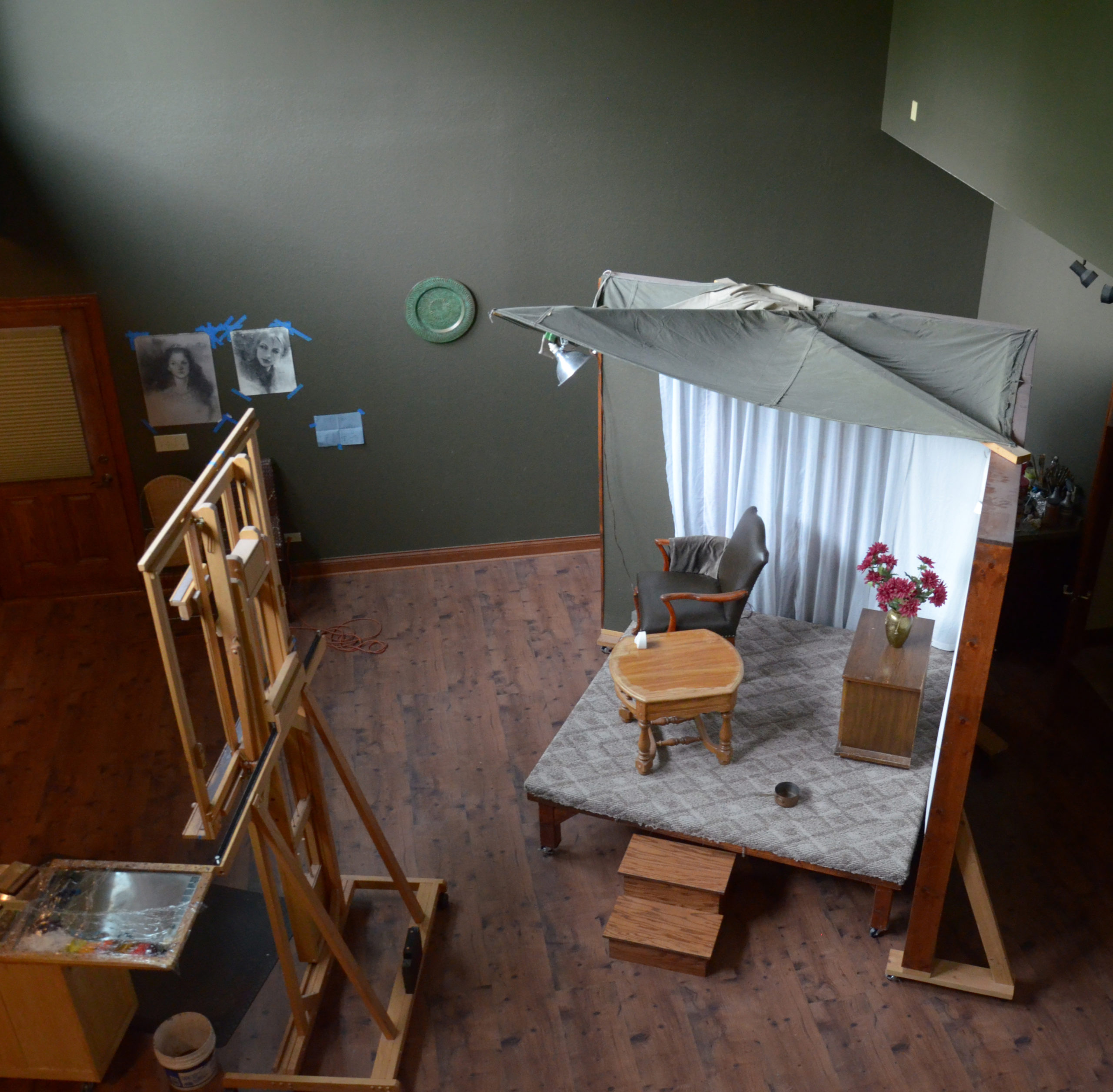
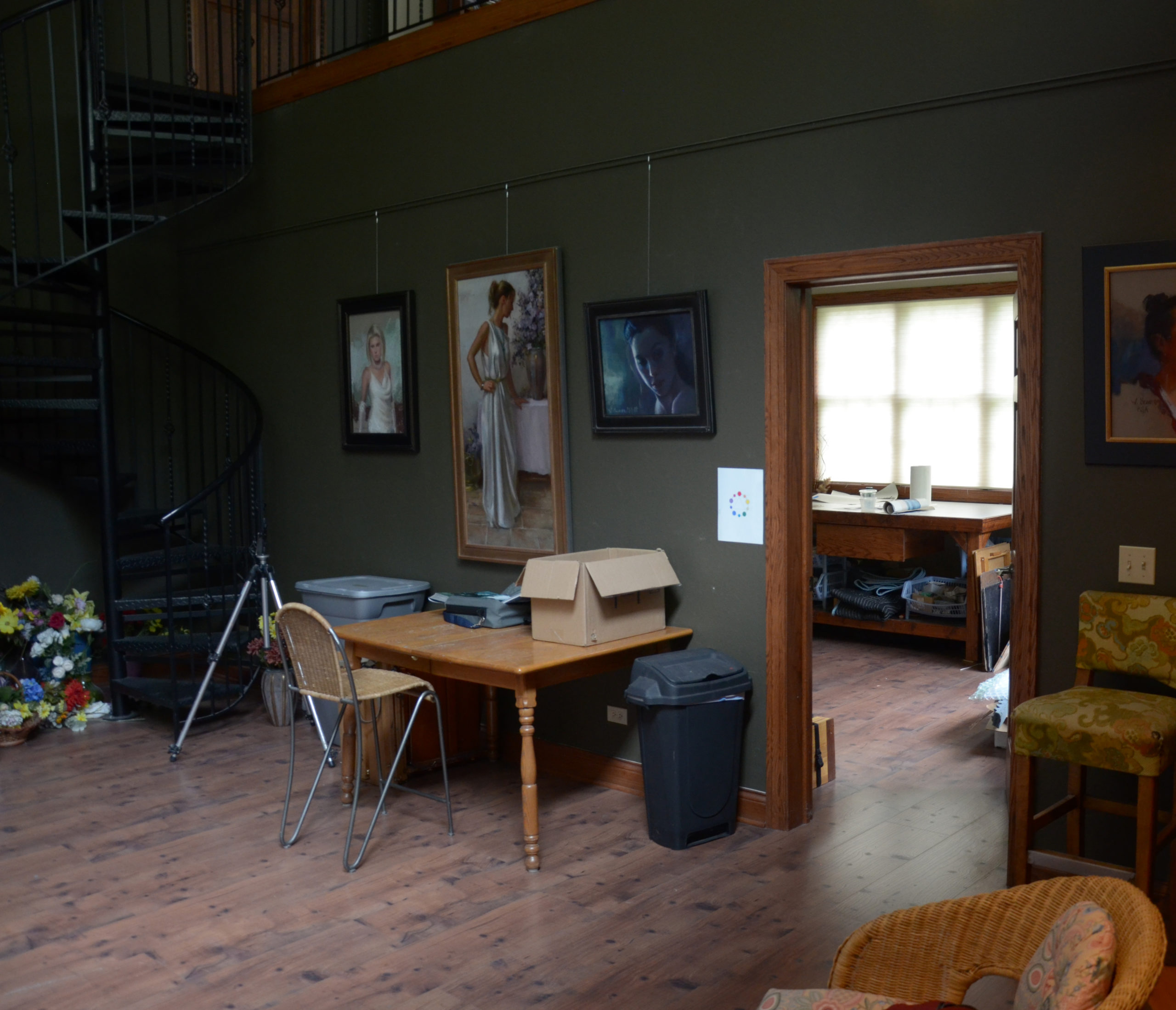
Additional Assets to Make the Perfect Art Studio:
- Good flooring. Schneider has a faux floor that is easy on the feet since he’s standing on it for so many hours at a time: “It’s also almost indestructible, resisting both solvents and abrasion.”
- Storage space. You’ll find extra frames, gorilla racks, still life props, and more in Schneider’s second-floor space that’s attached to his studio office.
- An easel that works for you. When I asked what his single most important tool in the studio is, Schneider unhesitatingly answered, “My easel.” Specifically, his is a Hughes easel that “is so easy to work with. It’s counter balanced and on rollers; it can go up to 12 feet high, I don’t have to crank anything, and it makes it really easy to work on different parts of the painting.” He added that having his easel, as well as many other elements in the studio, on wheels is also critical.
- The right color on your walls. Pink? No. Yellow? Not even. Go with a gray-green, says Schneider. “You want your walls to be a dark mid-value gray-green because it controls the reflections.” He adds that it also helps make the studio darker when you want to create a “Rembrandt-ish effect.”
- Exhaust Fans. While it’s not as much fun to think about as the large windows and perfect easel, Schneider pointed out the importance of having a high-capacity exhaust fan in his studio and workroom. It brings fresh air in from outside, and while it increases his heating bill, he points out that it’s worth it to keep the air in the studio clean.
When it comes to having your own art studio space, “the benefit is tremendous,” he said. “… to have a dedicated space that’s designed to be an art studio – I couldn’t function the way I do without it.”
We hope this helps give you ideas for creating the perfect art studio. Share your studio pics with us on Instagram (Tag us: @realism.today #realismtoday #artstudios)
William Schneider is on the faculty of Pastel Live, a virtual art conference taking place August 19-21, 2021 with a beginner’s day on August 18. Learn more about Pastel Live here!
Related Article by William Schneider > Painting and the Search for Excellence
ABOUT THE ARTIST
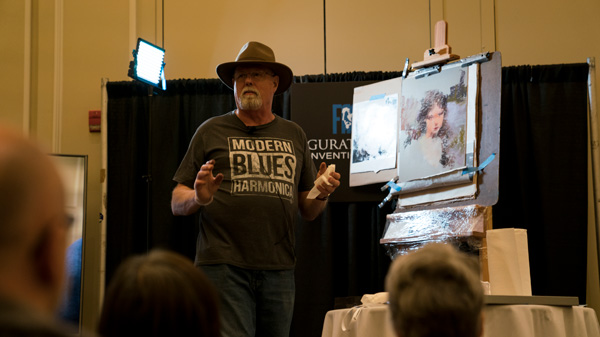
William A. Schneider’s work has evolved since he finished his studies at the American Academy of Art. He credits the many hours he spent studying and copying masterworks by Nicolai Fechin with loosening up his brushwork and approach to edges.
Schneider has won awards up to and including “Best of Show” in most of the national juried representational exhibitions. His work has also been featured in publications including Art of the West, Fine Art Connoisseur, Southwest Art, International Artist, The Artist’s Magazine, and Pastel Journal. His instructional DVDs are distributed by Liliedahl Video Productions and he has demonstrated his painting techniques at the Figurative Art Convention & Expo.
He was awarded signature status in Oil Painters of America (OPA). In addition, the Pastel Society of America has recognized him as a “Master Pastelist,” IAPS (the International Association of Pastel Societies) has named him to the Masters’ Circle and AIS made him a Master Signature Member (AISM). Visit his website at SchneiderArt.com.


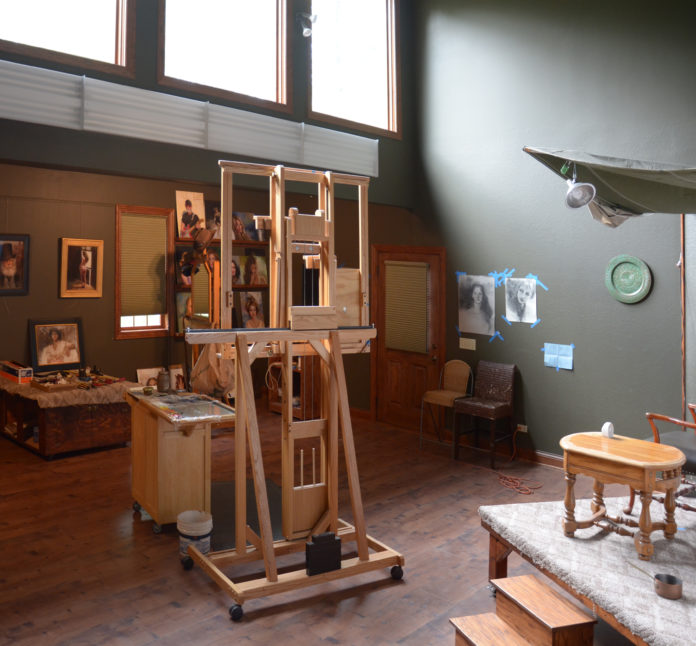
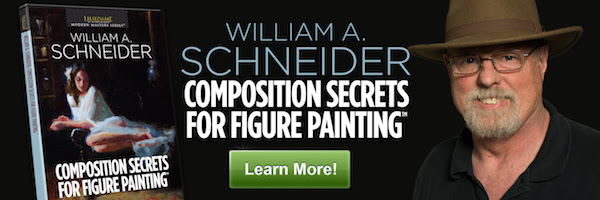



I am in the process now of building a Studio and Gallery on to our house so I can walk right out of the bed room into my Studio and was wondering what colour paint to use Grey Green love it Thanks
I told my painter I wanted a mid-dark grey-green & he showed me swatches. There was no particular color that I was after.
Thank you very much, I am in the process of moving the studio and these tips have helped me a lot.
Comments are closed.